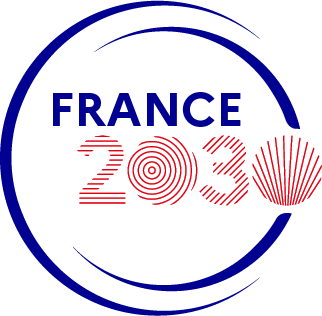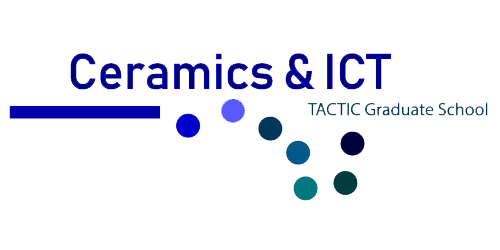You are here
Fibre Photonic : Next generation of optical fibres
The objective of this project is to extend the application fields of fibre optics. In this context, we rely on studies of new materials for optics, artificial materials (micro / nanostructuring of the cladding), and on development of fibres with state-of-the-art performances. The activity of this project covers a broad area that includes conception, fabrication and characterization of optical fibres.
To reach these objectives, the project is based on :
- an expertise recognized as well as the national than the international level in optical fibre field
- a high investment in technology development thanks to a local technological platform (PLATINOM) and via the CNRS national platform for fibre optics (GIS GRIFON - association of three universities: Limoges/Xlim, Lilles/PhLAM and Nice/LPMC).
The current studies involve both fibres made from traditional technologies (MCVD, stack and draw of capillaries, sol-gel) but also processes most original (core-suction, preforms made from powder,...). The development of photonic bandgap fibres, waveguides based on nanoparticles or multi-glasses photonic structures are the main guidelines. In the area of new materials, the goal is to propose composite structures composed of a chosen glass (silica or not) in pure silica structures (microstructured or not). The main interest is to combine the optical qualities of glass (especially for non-linear properties) while keeping the easy implementation of silica fibres. In this context, different techniques have been implemented in the laboratory. In addition to these activities, specific developments on original designs and fabrication of fibre optics are done by local collaborations (other departments of Xlim) or with national and international laboratories through various programs (ANR, DGA, Egide, European project, ...).
Air-silica microstructured fibers
In 1996, air-silica microstructured fibres have been proposed for the first time by the University of Bath in UK. Their original propagation characteristics have radically changed the perception that we could have. One of the most spectacular advances was the light guiding in air at micrometer scale on kilometric lengths by the principle of photonic bandgap (PBG). In this context, we are particularly interested in the development of innovative fibres due to their possibilities to guide light at unconventional wavelengths ranging up to the THz. Moreover, to meet these challenges, the use of metal inclusions and nanoscale depositions by sol-gel process are also considered. In parallel, more conventional microstructured configurations have been optimized to offer extremely powerful tools for a variety of areas far beyond telecommunications. Consequently, the application domain has been extended from the development of passive components such as ultra sensitive sensors to light sources with a record above kWatt CW obtained by doping the silica material with rare earth ions.
Examples of air-silica microstructured fibres made at Xlim : (a) dispersion compensating fibre, (b) fibre sensing, (c) singlemode fibre, (d) air-clad.
Waveguides based on nanoparticles
Original optical fibres with a core composed of rare earth (Er3+, Yb3+) ions or transition metals doped zirconia nanocrystals dispersed in an amorphous silica matrix is studied. In this way, the solgel chemical synthesis is developed to achieve this kind of active medium and is associated with the dip coating method : the perform is then realized. The fibre is drawn, using the classical way, from this perform where the nanostructured sol layers have been deposited and thermal annealed.
(a) preform and nanostructured optical fibre fabrication process; (b) cascaded emission in an erbium ytterbium co-doped fibre under supercontinuum excitation.
The microstructural properties and the luminescence of the nanostructured optical fibres are studied in order to achieve non conventional sources emitting at new wavelength. In parallel, the development of semiconductor nanoparticles is now studied (directly linked with the project "Fibre Photonic : Innovative fibre laser and sources for a broad spectral coverage").
Multi-glasses photonic structures
Closely linked to the technological platform PLATINOM, a new generation of optical fibres made of glasses of different types (silica-based or other) is studied. To do this, two original processes of making preforms have been developed in the laboratory:
- a technique called "core suction" based on the aspiration of molten glass into a preform
- a technique called "powder in tube" (modified from patent Snitzer Pedrido 1995 and 2005) where the preform is composed of pulverulent and solid glass.
Examples of fibres made by using different powders.
The major advantages of these composite fibres lie in the low volume of glass used (only inserted in the guiding region), the ability to make original multi-material structures (unique optical properties) or also the increasing of their mechanical strength compared to conventional glass fibres.











 UMR CNRS n°7252
UMR CNRS n°7252